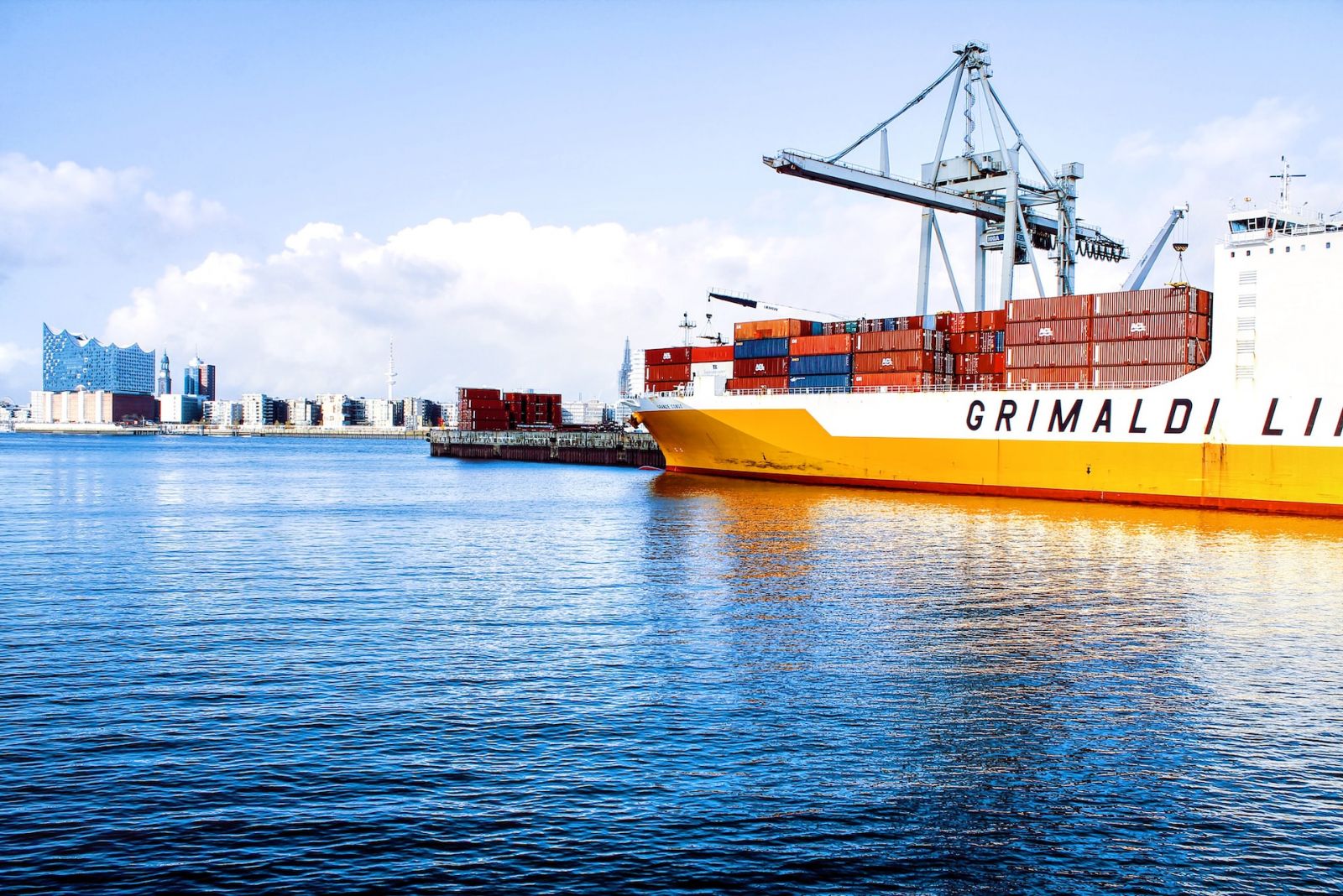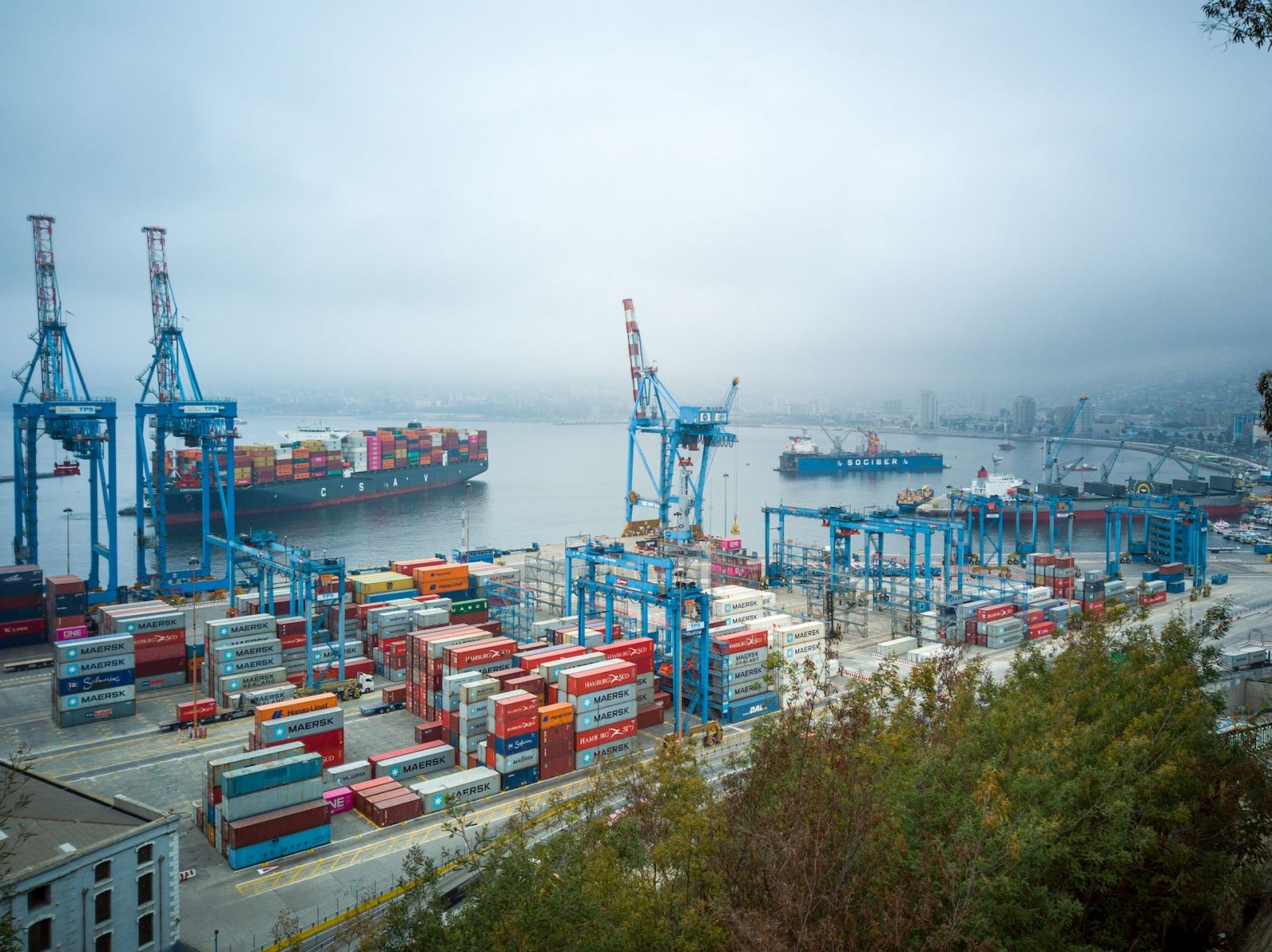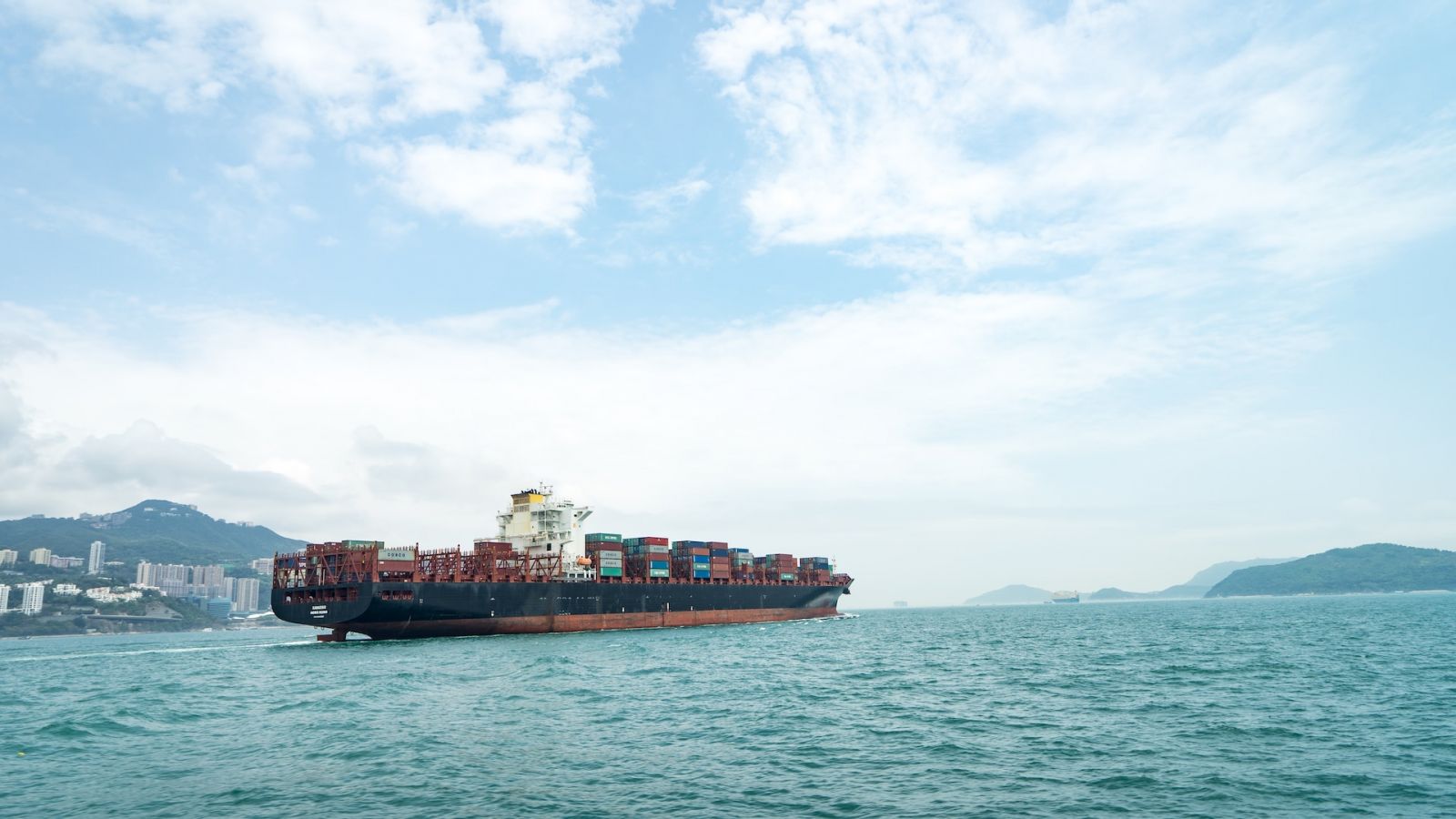The Cheapest Way to Ship a Boat (Is Not What You Think)
You might be surprised to learn that the cheapest way to ship your boat isn't necessarily the most obvious one. It's not always about looking for the lowest price; it's about finding the right balance between cost and quality. As a boat owner, you want your precious investment to be handled with care.
The cheapest way to ship a boat is to do it yourself. Consider DIY shipping as an alternative to hiring boat transportation professionals. You can cut costs and have greater control over the process by handling it yourself.
RoRo shipping may be the most common and affordable option for international boat shipping, but it's not always the best choice depending on your specific needs and the type of boat you have. Let's find out more about DIY shipping.
Summary
- The key to finding an affordable shipping method for your boat is to stay flexible and open to less conventional methods.
- If you are not comfortable with DIY shipping, it may be better to hire a professional boat shipping company to take care of the process for you.
- You may consider shared shipping and seasonal discounts, so you can potentially save money while still ensuring the safe and reliable transportation of your boat.
- To find affordable boat shipping, you can get quotes from different transporters and compare their prices and services.

On this page:
The Cheapest Way Revealed: DIY Shipping
When it comes to shipping a boat, the cheapest way might surprise you. Instead of relying on professional boat transportation services, consider DIY shipping. By doing it yourself, you can save money and have more control over the process. In this section, we'll discuss the key steps to successfully shipping your boat on your own.
Aside from saving money on transportation fees and having more control over the process, here are the other benefits of shipping a boat yourself:
Flexibility: DIY shipping allows you to plan your own schedule and choose the route you want to take. You can also make any necessary adjustments or changes along the way.
Control: You have more control over the transportation process when you ship your boat yourself. You can ensure that your boat is properly secured and protected during transit.
Experience: DIY shipping can be a rewarding experience that allows you to learn more about your boat and gain valuable knowledge about transportation regulations and requirements.
Convenience: DIY shipping can be more convenient than hiring a professional boat transportation service. You can avoid the hassle of coordinating with a third-party service and have more control over the transportation process.
Properly Prepare Your Boat for Shipping
Before moving your boat, it's essential to prepare it for the journey. Here's what you should do:
- Clean the boat's exterior to remove dirt, debris, and marine growths.
- Remove all personal items, equipment, and accessories that could be damaged during transportation.
- Secure loose items, such as hatches, doors, and sails.
- Disconnect the battery and fuel lines, and empty the fuel tanks to avoid potential leaks.
- Measure the dimensions of your boat, including the height, width, and length. This information will be crucial when selecting a trailer and planning your route.
Towing considerations for DIY shipping
When towing your boat, it's important to consider the following:
- Select the right trailer: Ensure the trailer is the correct size and type for your boat. It should be rated to carry the weight of your boat, have proper support, and be equipped with functional brakes and lights.
- Towing vehicle: Your towing vehicle should have sufficient towing capacity to handle the weight of your boat and trailer. Check the manufacturer's recommendations before starting your journey.
- Weight distribution: Properly distribute the weight of your boat on the trailer to prevent instability during transportation. The majority of the weight should be centered over the trailer's axle.
- Safety equipment: Invest in high-quality tie-downs, straps, and safety chains to secure your boat to the trailer.

Permits and legal requirements for DIY shipping
Before you hit the road, make sure you are in compliance with any permits and legal requirements necessary for hauling your boat:
- State and local regulations: Research the towing and transportation laws in the states you'll be passing through. This may include restrictions on the width of your boat, requirements for escort vehicles, and more.
- Permits: Depending on the size of your boat and trailer, you may need a special permit from local authorities before beginning your journey.
- Insurance coverage: Verify that your current boat and auto insurance policies provide coverage for DIY boat shipping. If not, secure additional coverage to protect your assets in case of an accident.
The Cost of DIY Shipping a Boat
Boat transport cost can range from a few hundred dollars to several thousand dollars, depending on several factors, such as the size and weight of the boat, the distance to be traveled, the type of trailer and vehicle used, and any additional costs such as permits and insurance.
Here are some cost estimates to give you an idea:
-
Trailer rental: Depending on the size of your boat, you may need to rent a trailer. Trailer rental costs can range from $50 to $200 per day, depending on the type of trailer and the rental company.
-
Fuel costs: Fuel costs will depend on the distance you need to travel and the fuel efficiency of your vehicle. You can estimate fuel costs using online fuel cost calculators.
-
Permits and insurance: Depending on your state or country, you may need to obtain permits for oversize or overweight loads. Permit costs can range from $10 to $100 or more. Insurance costs will depend on the value of your boat and the level of coverage you choose.
-
Additional expenses: You may need to purchase tie-downs, straps, and other equipment to secure your boat to the trailer. You may also need to pay for food and lodging if you need to make overnight stops during your trip.
Alternative Economical Shipping Methods
In the process of shipping a boat, you may be searching for more affordable options that don't compromise on safety or reliability. Let's explore some alternative, economical shipping methods that can save you money.

Shared shipping lowers the overall fees for each boat
When you share the transportation with other boat owners, you can take advantage of the combined expenses, resulting in cost savings for everyone involved. This method can be useful for both land and sea transportation, as numerous boats can be transported together, lowering the overall fees for each boat owner. Although it might take a bit more time to coordinate with the other boat owners and shipping service, the cost savings could make it worth the effort.
Make use of seasonal discounts
Some transportation companies offer seasonal discounts. Being flexible with the timing of your boat shipment can potentially save you a significant amount of money. Keep an eye out for promotional offers that shipping companies might run, particularly during off-peak seasons. Be open to adjusting your transportation schedule, so you can take advantage of lower rates and still maintain the quality of service you expect for your boat transport.
Tips for DIY Boat Shipping
It is possible to ship a boat yourself with proper planning and preparation. Here are some tips for DIY shipping a boat:
Choose the right trailer: Make sure you have a trailer that is suitable for the size and weight of your boat. If you don't have a trailer, you can rent or buy one that meets your needs.
Check the regulations: Make sure you are aware of the regulations and requirements for transporting boats in your state or country. This may include permits, insurance, and safety equipment.
Secure the boat: Use straps, chains, and other tie-downs to secure the boat to the trailer. Make sure the boat is level and balanced on the trailer.
Protect the boat: Cover the boat with a tarp or shrink wrap to protect it from the elements during transport.
Plan the route: Plan your route ahead of time and check for any low bridges, narrow roads, or other obstacles that may be difficult to navigate with a boat on a trailer.
Drive carefully: Drive at a safe speed and be aware of the extra weight and length of the trailer. Take breaks as needed to avoid fatigue.
Have a backup plan: In case of any unexpected problems or emergencies, have a backup plan in place, such as a roadside assistance service or a backup driver.
DIY shipping can be a cost-effective alternative to hiring boat transportation professionals, but it may not be suitable for everyone. It's important to consider the size and weight of your boat, the distance to be traveled, and any regulations and permits required for transportation before deciding to DIY ship your boat.
DIY shipping of a boat can be a complex and time-consuming process. If you are not comfortable with the process, it may be better to hire a professional boat shipping company to handle the job for you.
Ship a boat with boat transport companies

First, weigh the pros and cons of different transportation methods. Some companies specialize in boat shipping services, while others offer a more generalized approach. You might find that contracting a specialized transporter will provide the best balance of price and quality.
Second, research various boat transport companies and obtain multiple quotes. Costs can vary greatly depending on the size of your boat and the distance it needs to be transported. The cost per mile can range from $1 to $3 for distances under 1,000 miles. Comparing quotes from different providers will help you find the most affordable option while still maintaining the level of service you require.
Remember to also consider factors such as insurance, permits, and any additional services needed, as these costs can add up quickly. Some boat transporters might offer bundled services, which could save you money in the long run.
Lastly, trust your gut and choose a company that makes you feel comfortable and confident in their abilities. Look for reviews and testimonials from previous customers to ensure you're making the right decision. Remember that while price is important, so is the safety and reliability of the transporter.
Did you find the answer to your specific question?
👍 0 👎 0




Leave a comment